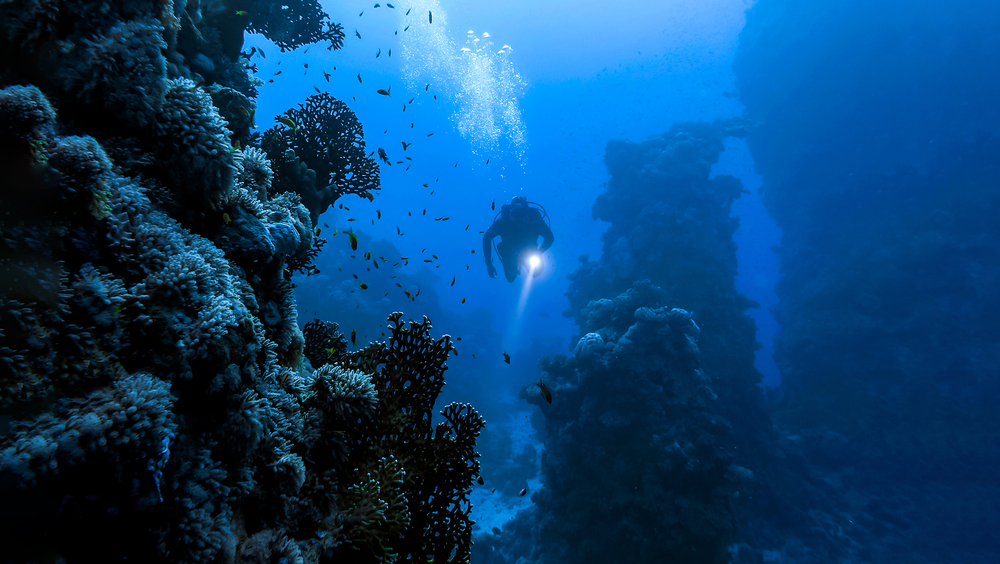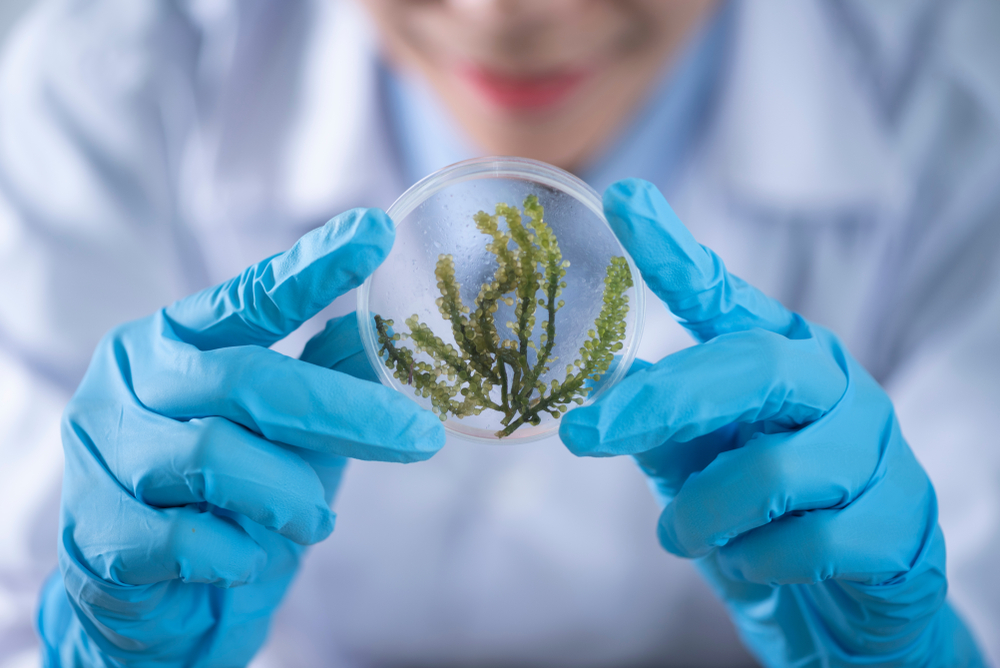The ocean’s ridiculous depths are an entirely new realm of mystery and wonder, largely unexplored and teeming with secrets waiting to be uncovered. Recently, researchers in Japan have made a new discovery in the Kuril-Kamchatka Trench: jet-black egg capsules full of mysterious flatworm embryos. Let’s look at the details of this extraordinary find, its implications for marine biology, and the questions it raises about life in the deep sea.
Discovery in the Depths
In the remote and dark depths of the northwest Pacific, at approximately 20,000 feet below the surface, a remotely operated vehicle (ROV) shone its light on a clutch of tiny black spheres attached to rock fragments. These spheres, each barely a tenth of an inch in diameter, were later identified as jet-black egg capsules belonging to soft-bodied invertebrates known as flatworms.1 This discovery marks the first concrete evidence of deep-sea flatworms existing at such extreme depths, surpassing the previous uncertain record of around 17,000 feet.2
Read More: Keep Your Dogs Away From The Tempting Ocean This Summer. Saltwater Could Be Lethal To Them
Initial Confusion
When marine researcher Yasunori Kano retrieved these mysterious capsules, he was initially baffled. He sent four intact capsules to invertebrate biologists Keiichi Kakui and Aoi Tsuyuki at Hokkaido University for further examination. The researchers were equally puzzled at first, mistaking the cocoons for protists or other marine organisms. However, upon closer inspection under a stereomicroscope, they discovered that the jet-black egg capsules contained three to seven flatworm embryos at various stages of development.
Detailed Analysis

Upon opening the jet-black egg capsules, a milky liquid, potentially yolk, was observed along with the developing flatworms. This liquid hinted at the nourishment provided to the embryos within their protective casings. DNA analysis revealed that the embryos belonged to an undescribed and unnamed species of platyhelminth, most closely related to shallow-water flatworms in the suborder Tricladida.
Adaptation to Abyssal Depths

The embryos appeared virtually indistinguishable from their shallow-water counterparts, suggesting that the developmental stages of these flatworms are remarkably similar regardless of the extreme environmental differences. The researchers concluded that the primary challenges these creatures face in adapting to the abyssal zone are physiological and ecological, rather than developmental. This finding supports the theory that these flatworms may have gradually colonized deeper habitats over time.3
Read More: The Atlantic Ocean Could Be Swallowed by a Terrifying ‘Ring of Fire’
Implications for Marine Biology

This discovery of the jet black eggs has significant implications for our understanding of marine life and its adaptability. It provides the deepest record for free-living flatworms and offers the first insight into their early life stages in the abyssal zone. The similarity in development between shallow-water and deep-sea flatworms suggests a potential evolutionary pathway for these creatures to adapt to extreme environments. It raises questions about the physiological and ecological mechanisms that enable such adaptation.
Unanswered Questions

Despite this breakthrough, many questions remain unanswered. Why and how did these flatworms colonize such extreme depths? What specific physiological adaptations have they developed to survive in the abyssal environment? Further research is needed to explore these jet-black eggs and to understand the broader implications for other marine organisms that might exhibit similar adaptive behaviors.
Conclusion

The discovery of jet-black egg capsules containing flatworm embryos in the Kuril-Kamchatka Trench is a testament to the mysteries still hidden in the ocean’s depths. This finding not only extends our knowledge of deep-sea biodiversity but also provides a fascinating glimpse into the adaptability of life in extreme environments. As researchers continue to explore the abyss, we can expect more revelations that will deepen our understanding of the complex and wondrous world beneath the waves.
Read More: Kenya Installs the First Solar Plant That Transforms Ocean Water Into Drinking Water
Sources
- “JET BLACK EGGS RECOVERED FROM DEEP OCEAN.” Futurism. Frank Landymore. February 7, 2024.
- “Scientists Find Mysterious, Oozing Black Eggs Almost 4 Miles Below The Ocean’s Surface.” Science Alert. Carly Cassella. February 2, 2024.
- “Flatworm cocoons in the abyss: same plan under pressure.” Royal Society Publishing. Keiichi Kakui and Aoi Tsuyuki. January 24, 2024.



